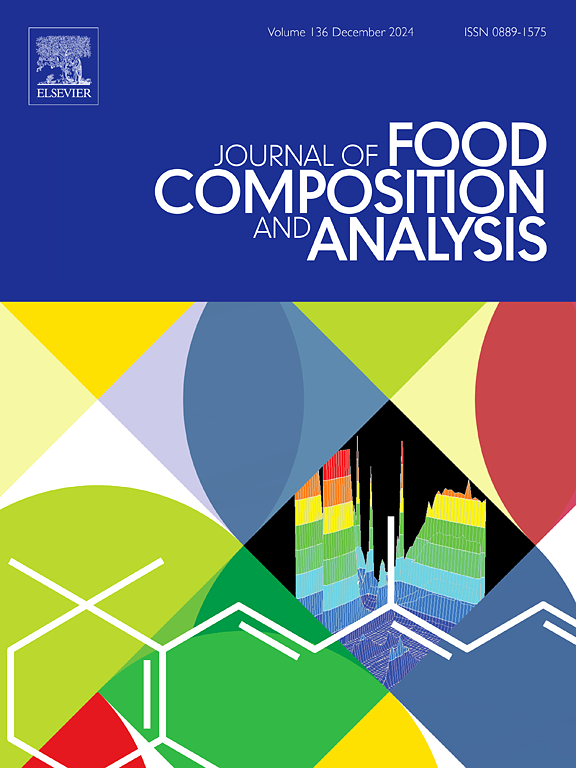Research on millet origin identification model based on improved parrot optimizer optimized regularized extreme learning machine
IF 4
2区 农林科学
Q2 CHEMISTRY, APPLIED
引用次数: 0
Abstract
To achieve nondestructive identification of millet origins, near-infrared spectroscopy technology was employed to obtain the original spectral data of millet. By integrating the Parrot Optimizer (PO) with the Regularized Extreme Learning Machine (RELM), the model achieved an accuracy of 83.67 % in millet origin identification. To further enhance model performance, this study incorporated strategies such as chaotic mapping and adaptivity into PO, resulting in the Improved Parrot Optimizer (IPO). The IPO was then combined with RELM to construct the IPO-RELM model, which significantly improved the model's generalization capability and robustness. Experimental results demonstrated that the IPO-RELM model outperformed the RELM model, achieving an accuracy of 98.33 %, a precision of 98.49 %, a recall of 98.33 %, an F1 score of 98.41 %, and a Kappa coefficient of 98 %, representing respective improvements of 11.32 %, 7.92 %, 11.32 %, 9.62 %, and 13.90 % over the traditional RELM model. Furthermore, the performance of the IPO-RELM model was validated using two publicly available datasets, confirming its superiority over the conventional RELM model. Compared to the PO algorithm, the IPO algorithm exhibited enhanced global search and local optimization capabilities with faster convergence speed. The IPO-RELM model accurately and efficiently identified millet origin information, providing robust support for ensuring millet quality and safety, while also contributing to the protection of the uniqueness and market value of geographically indicated agricultural products.
求助全文
约1分钟内获得全文
求助全文
来源期刊

Journal of Food Composition and Analysis
工程技术-食品科技
CiteScore
6.20
自引率
11.60%
发文量
601
审稿时长
53 days
期刊介绍:
The Journal of Food Composition and Analysis publishes manuscripts on scientific aspects of data on the chemical composition of human foods, with particular emphasis on actual data on composition of foods; analytical methods; studies on the manipulation, storage, distribution and use of food composition data; and studies on the statistics, use and distribution of such data and data systems. The Journal''s basis is nutrient composition, with increasing emphasis on bioactive non-nutrient and anti-nutrient components. Papers must provide sufficient description of the food samples, analytical methods, quality control procedures and statistical treatments of the data to permit the end users of the food composition data to evaluate the appropriateness of such data in their projects.
The Journal does not publish papers on: microbiological compounds; sensory quality; aromatics/volatiles in food and wine; essential oils; organoleptic characteristics of food; physical properties; or clinical papers and pharmacology-related papers.
 求助内容:
求助内容: 应助结果提醒方式:
应助结果提醒方式:


